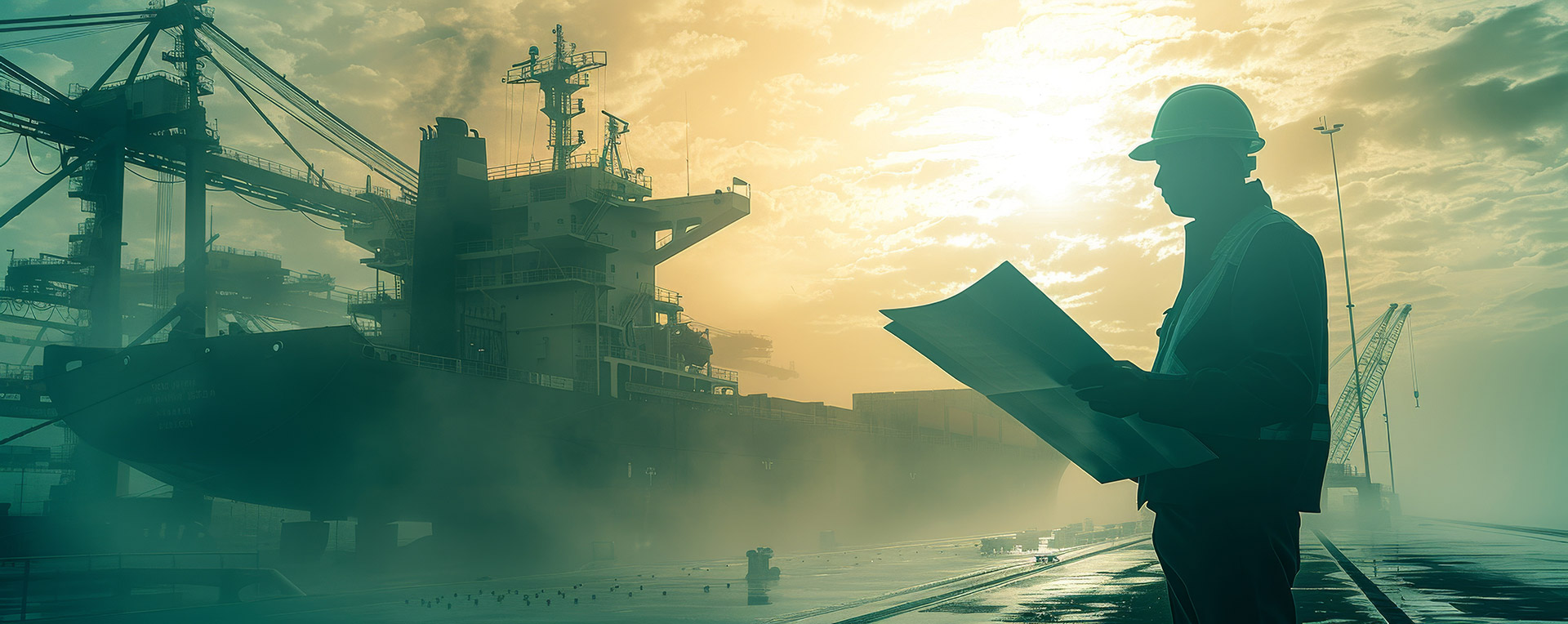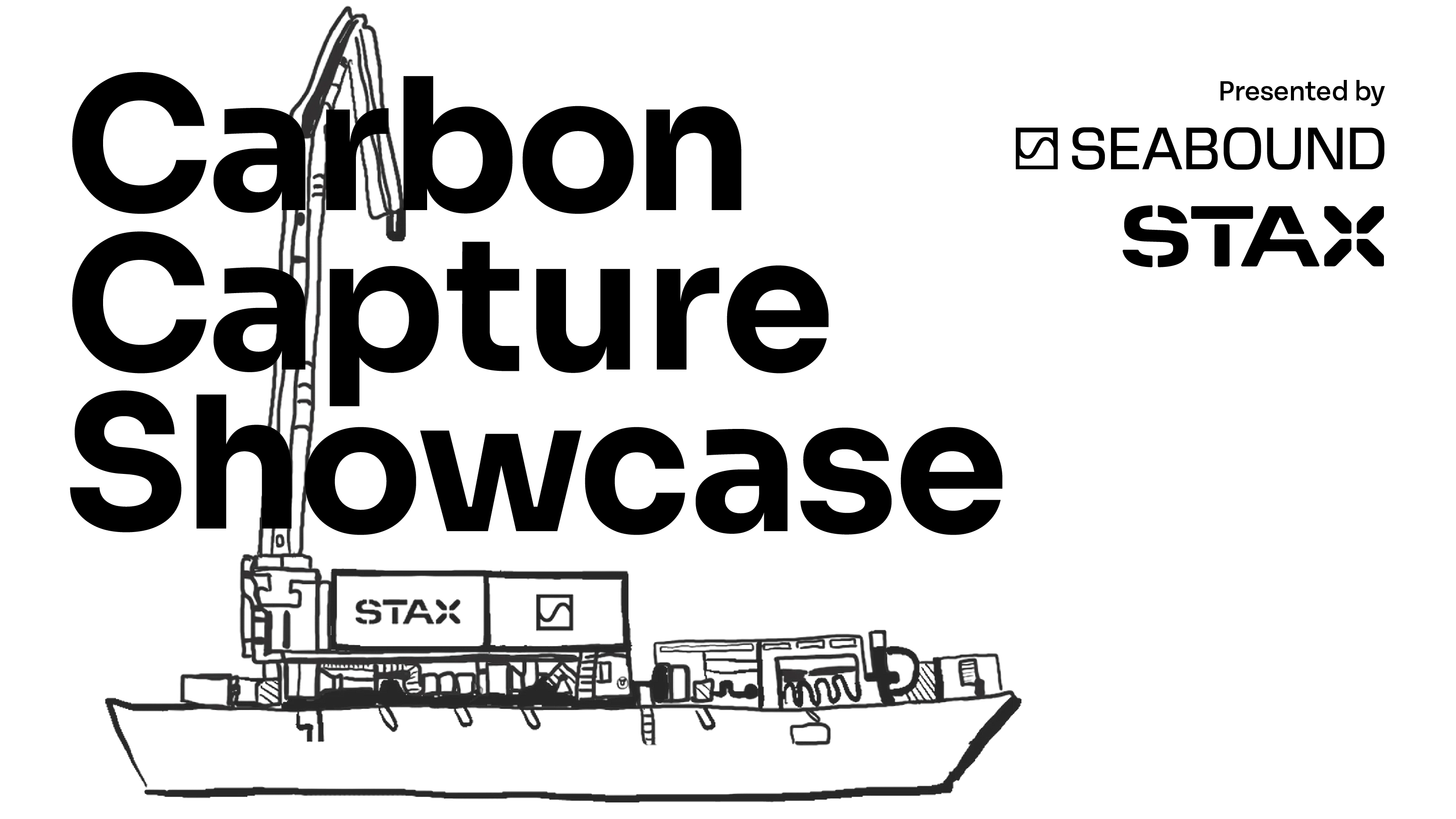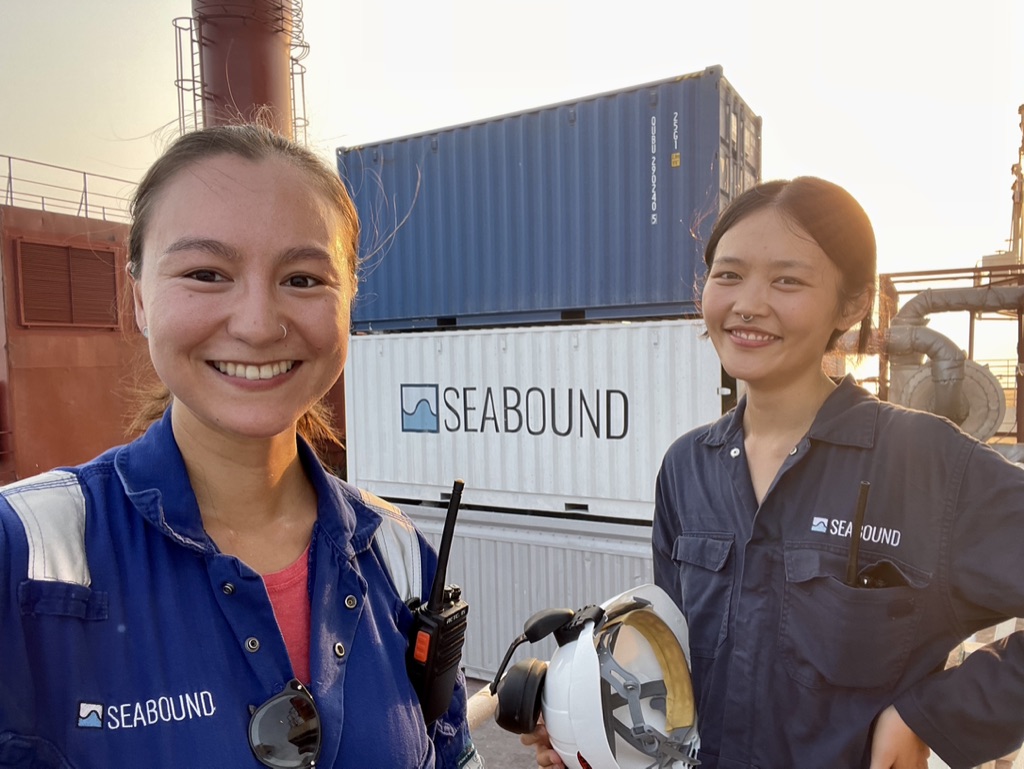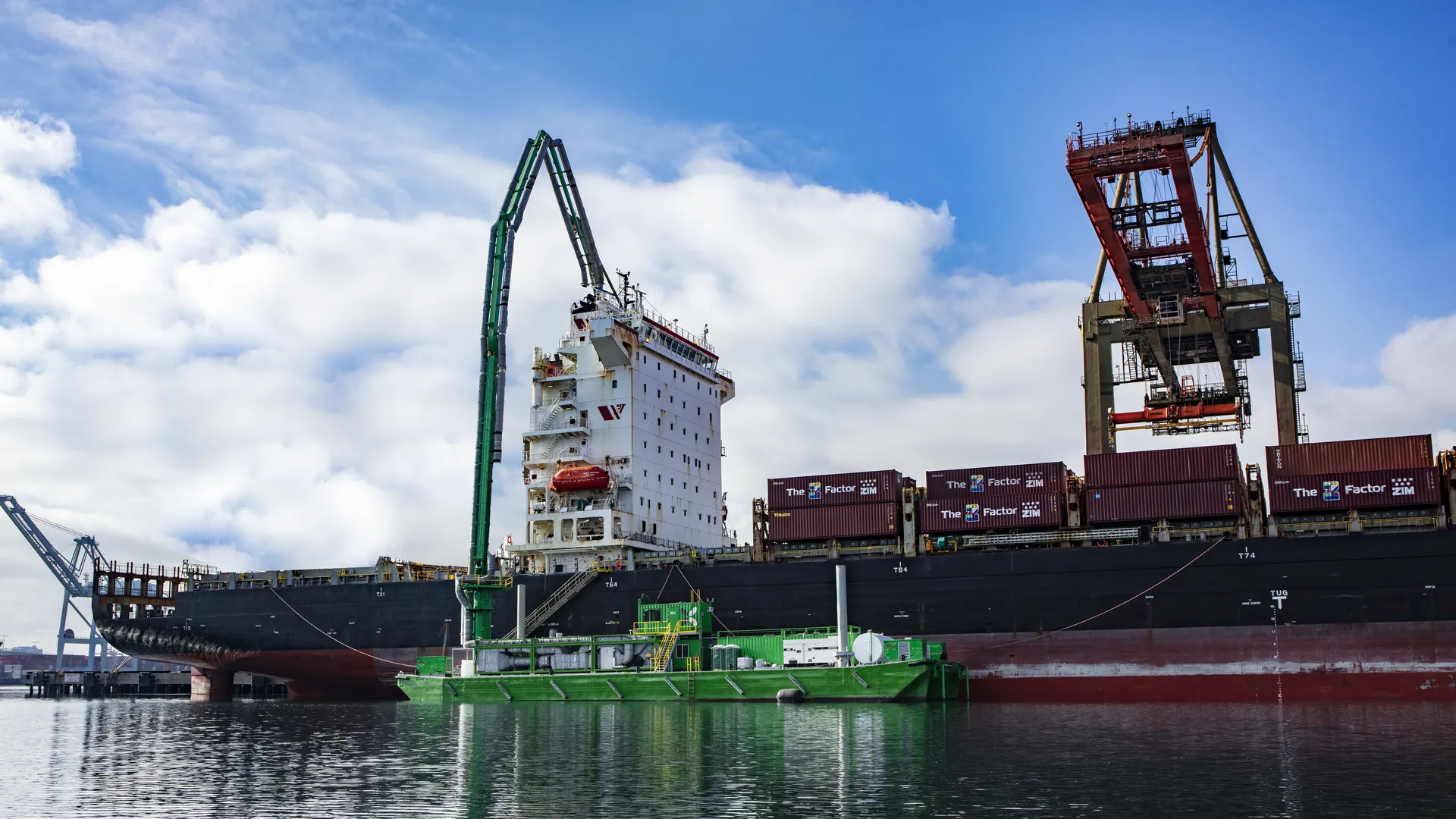Shore power, also known as cold ironing or shoreside power, has become a popular solution for reducing maritime emissions and complying with air quality regulations, such as those issued by the California Air Resources Board (CARB). Ships equipped for shore power can connect to a land-based electrical power source, allowing them to shut down their auxiliary engines while docked.
Shore power has proven effective in cutting emissions by up to 95% for at-berth vessels. However, it comes with heavy upfront investment costs: retrofitting a ship for shore-side power starts at $1 million and must be done in dry dock, taking the ship out of operation. Ports also need to invest heavily in infrastructure to support hook-ups to on-shore power supply. For example, the Port of Long Beach has spent over $185 million on shore power infrastructure in recent years.
Retrofitting can be a smart choice for large vessels regularly docking at equipped California ports, but it isn’t viable for many ships and operators. Fortunately, emissions capture and control technology like STAX offers a cost- and time-efficient alternative. With no retrofitting required, STAX can remove up to 99% of emissions, and shippers can book the service by the hour.
For shippers and vessel operators aiming to reduce emissions at port, it’s crucial to consider both shore power and capture-and-control technology. This article will explore the differences between these methods and explain why both are essential for helping the shipping industry reach net zero emissions.
What is shore power, and how does it reduce emissions?
When commercial ships dock, they require continuous operation of lighting, heating, cooling, and refrigeration systems. Traditionally powered by diesel engines, these emit pollutants like sulfur oxides (SOx), nitrogen oxides (NOx), particulate matter (PM), and carbon dioxide (CO2).
Shore power provides a cleaner alternative, connecting ships to land-based electrical power while in port. This allows ships to shut down their diesel engines yet maintain essential operations, significantly reducing emissions and improving air quality.
What is the shore power movement?
Regulators worldwide are looking to stem the impact commercial shipping has on the climate and coastal populations, and shore power has been a go-to solution.
Examples of the shore power movement put into law include:
California
Under CARB’s emissions regulations, commercial ships docking at California’s major ports must comply with state emission reduction and reporting requirements by using either shore electrical power or a CARB-approved capture and control system.
Europe
The European Union’s FuelEU Maritime Regulation aims to reduce the maritime sector’s carbon footprint by requiring passenger ships and containers to use shore power for all electricity needs while moored in major EU ports by 2030.
China
The Marine Environmental Protection Law of the People’s Republic of China requires ships that are outfitted with shore power capabilities to use them when docked.
How are ships retrofitted for shore power?
Retrofitting a ship for shore power is a complex and costly process involving the installation of cable management systems, high- and low-voltage signal cables, power receptacles, change-over panels, and possibly a transformer. It may also necessitate modifications to the vessel’s switchboard, power systems, and alarm management systems. Typically, this retrofitting process takes several weeks, during which the vessel is out of service.
The cost to retrofit typically starts at $1 million per vessel but can go up significantly from there depending on several factors:
- If a vessel’s switchboard is shore power-ready
- How many shore power systems are installed on a vessel
- The voltage of a ship’s main switchboard
- The distance to the switchboard from the shore power system
- Where the retrofit takes place
How can a ship meet CARB compliance without shore power?
California has long been a leader in reducing pollution, and CARB’s at-berth requirements are the strictest in the world. In 2007, CARB set emission reduction and reporting requirements to limit pollutants, which pressured vessel operators, terminal operators, ports, and third-party CARB-Approved Emissions Control Strategy (CAECS) operators to work together to curb pollution from the commercial shipping industry.
Under the CARB regulation, ships can use either shore power or a CARB-approved capture and control emissions reduction system to remain compliant. CARB offers incentive funding to help advance the move toward shore power throughout the state, but even with assistance the cost of retrofitting some ships for shore power remains too steep, and utilizing an emissions reduction service like STAX makes more sense.
Choosing Between Shore Power and Emissions Capture Technology
When deciding between shore power and emissions capture technology, consider the following factors:
- Frequency of port visits: Shore power today is best suited for large ships with consistent routes to ports equipped for it, particularly in California for CARB compliance. Ships with varied schedules may find emissions capture and control systems, available for hourly booking, a more flexible option.
- Associated costs: Shore power involves high upfront and utility costs that may require years to integrate into a budget. It also comes with associated electrical utility fees. Emissions capture technology reduces emissions without modifications or extra costs.
- Ownership considerations: Terminal operators, such as car importers or oil companies, often prefer renting ships on an as-needed basis rather than maintaining their own fleets. These operators may find it impractical to invest in shore power retrofitting for ships that are not consistently under their control or are used only temporarily.
- Grid capacity: As California’s reliance on the grid increases with a shift to electric vehicles and growing heat waves, there are some concerns that the grid may not be able to support shore power demands.
- Technical hurdles: Some shore power systems lack needed equipment, such as cranes, needed to support power transfer to certain vessel configurations. Due to the flexibility of the barge-based system and long arm reach, STAX can attach to any vessel configuration.
- Manufacturing and standardization issues: Manufacturers do not currently offer shore power systems for certain vessel types, such as tankers. There is also currently no standardization for the use of shore power systems for tanker vessels. STAX is designed to service any vessel type, including tankers.
STAX: An Effective and Flexible Solution
Shore power is a valuable tool for reducing maritime emissions and meeting regulatory requirements, but its high costs and infrastructure needs make it difficult to be an all-in, short-term solution for many shippers.
Emissions capture and control technology offers a versatile and less costly option. STAX technology is as effective as shore power. In fact, it captures 12% more pollution when used with containerships than shore power, and 4% more pollution when used with ro-ros (auto carriers.) It also captures boiler emissions, which shore power does not.
The STAX pollution-capturing tech attaches directly to a vessel’s existing exhaust system and filters out pollution emissions, removing 99% of PM and 95% of NOx. It can be barge-based or deployed on land, ensuring vessel operations remain unaffected. It works with any vessel type and can be booked as needed when a ship is at berth for an easy, cost-effective, CARB-compliant alternative to shore power.
By leveraging both shore power and emissions capture and control, the global shipping industry can more effectively work towards achieving zero emissions.
Learn More About STAX’s Technology
STAX is proud to help the maritime industry adopt meaningful reforms to promote a healthier environment. We have already treated at-berth vessels for a cumulative 3,200 hours and controlled 23 tons of pollutants—and counting. Discover what makes the STAX emission capture and control technology the best alternative to shore power available to the commercial shipping industry. Learn more about our technology.



